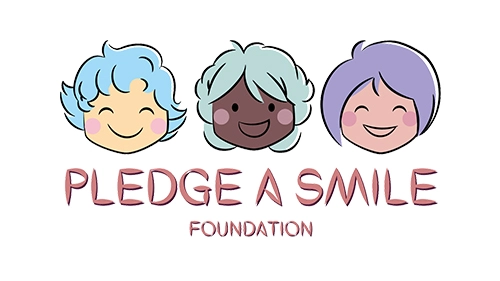In India, the Right to Education Act of 2009 emphasises the value of free and compulsory education for children aged 6 to 14. It expressly stipulates that children’s right to attend school and acquire knowledge must not be violated. Does this imply that every child in India between the ages of 6 and 14 attends school? According to the National Sample Survey Office (NSSO), 32 million Indian children aged 5 to 13 have never attended school, with the majority belonging to the socially disadvantaged (2014). Knowledge, it is claimed, is power. As a result, children who do not have access to education are helpless. Those who do attend school do not always receive a good education. The cause of these can be traced back to a number of issues that combine to render young children powerless.
The basic problem is the government’s clumsy planning and implementation. The infrastructure of the schools is dilapidated and out of date. The Annual Status of Education Report published in 2015 revealed the awful quality of facilities such as access to electricity, secondary education, and the availability of certified teachers, among other things. Electricity is available in only 6 out of every 10 schools in the country. While excellent infrastructure does not ensure excellent education, it is vital to lay the groundwork. The District Information System for Education report for 2013-14 demonstrates that India’s schooling system is heavily weighted toward primary institutions. After completing primary school, one moves on to secondary school. Children, on the other hand, are discouraged from seeking higher education due to a lack of the same. The most alarming element is teacher quality, with data showing that “just 69 percent of all schoolteachers in the country have a graduate degree or higher.”
While school quality and infrastructure remain important roadblocks, other factors such as social norms play a significant role in blocking access to education, particularly in countries like India. Because it is a patriarchal country with stringent rules that allow for gender discrimination, Indian females have a harder time attending school than their male counterparts. The idea that women should stay at home and perform the chores is still widely held. According to a 2018 report by the National Commission for the Protection of Child Rights, “about 40% of 15 to 18-year-old females were out of school, and nearly 65 percent of them were involved in domestic work.” Statistics like this are disheartening, and they just go to show how difficult it is to assert one’s right to education.
Thankfully, the government is on the right road, with the National Education Policy being introduced in 2019. Its proper execution would ensure that everyone receives a high-quality education. Social awareness campaigns such as “Beti Padhao, Beti Bachao” are also having a good impact on girls’ education. If the government remains steadfast in its commitment to these reforms, every child in this country will have access to information, giving them the power to thrive in this world.
